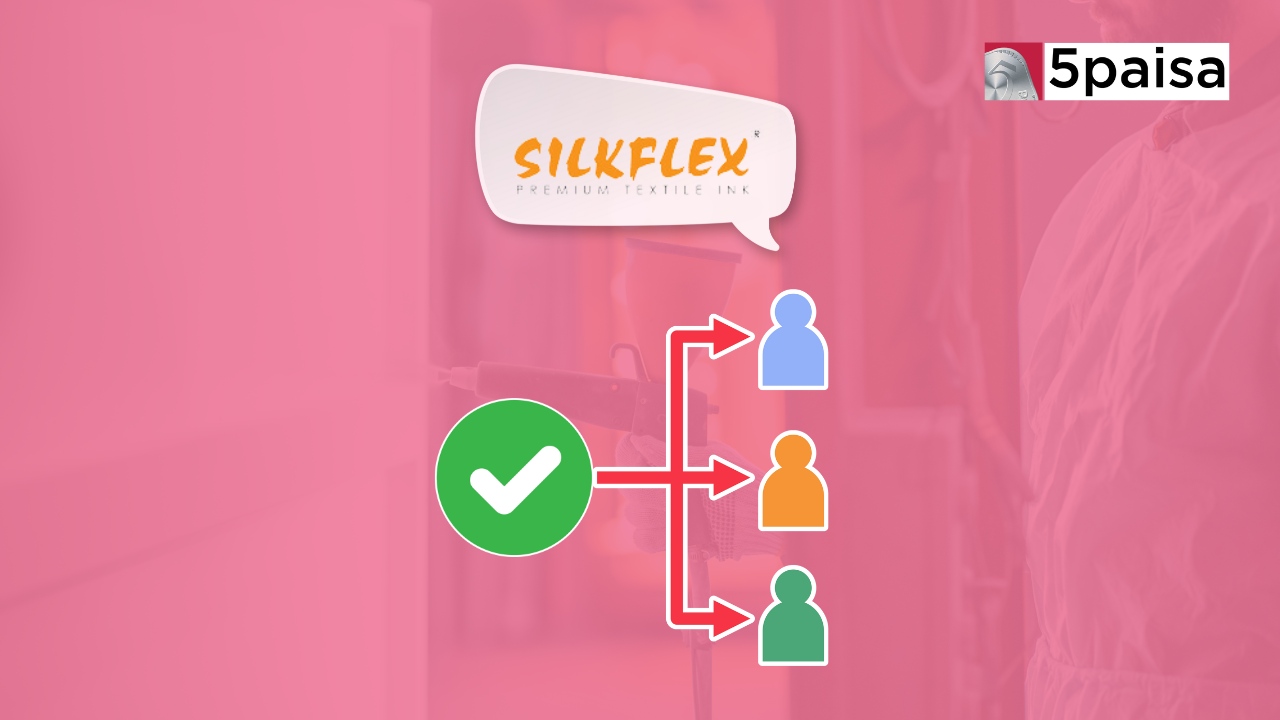SEBI Announces Key Changes to IPO Norms

At the SEBI board meeting held on 28th December, some important decisions were taken with respect to initial public offers. Here is a gist of the regulatory changes that SEBI announced pertaining to IPOs.
Key changes in IPO regulation
The following changes will be implemented with respect to the different facets of Initial Public Offers (IPO).
a) One of the common description of usage of IPO funds is inorganic growth and general corporate expenses. In the interest of transparency, SEBI has now put some specific limits.
For example, in case the M&A target is not yet identified, inorganic expansion amount cannot be more than 25% of fresh issue size. In addition, the general corporate purposes (GCP) cannot exceed 10% of fresh offer size.
b) Continuing on the subject of utilization of funds raised via IPO, this utilization will now be monitored by the credit rating agencies and not financial institutions. This includes the monitoring of GCP, till the funds are fully utilized. Such reports will have to be shared with the Audit Committee on quarterly basis.
c) There will be limits to the number of shares that can be offered in the offer for sale (OFS) when issuer has no track record. To ensure skin in the game, the selling shareholders with more than 20% can only offer up to 50% of pre-issue holdings in OFS. If holdings are less than 20%, they cannot offer more than 10% of pre-issue holdings.
d) In the light of the PNB Housing fiasco, SEBI has stipulated that any preferential issue resulting in more than 5% change in control, will require independent valuation along with a recommendation by a committee of independent directors on risk premium. The floor price in such cases will be set at higher of 90 days and 10-days VWAP price for frequently traded stocks.
e) There are also changes in the anchor investor lock-in. Instead of the blanket 30-day lock-in, now anchor portion will be split into 2 parts. While 50% of anchor allotment will have a 30-day lock-in, the balance 50% will be locked in for 90 days, effective from April 2022. This will reduce the volatility in the listed stock price once anchor lock-in ends.
f) There are also key changes to the non-institutional investor (NII) portion, also called HNI portion. This segment has a 15% allocation of the IPO. Now this 15% allocation will be further split into 2 parts.
One-third of this allocation will be reserved for applications in the Rs.2 lakhs to Rs.10 lakhs category and the balance two-thirds for the above Rs.10 lakhs category. NII category allotment will be done by draw of lots (like retail).
g) In a positive development, the lock-in for preferential issues has been reduced. For promoters, preferential allotment up to 20% will be locked in for 18 months instead of 3 years. Above 20% of post issue capital, the lock-in will be reduced from 1 year to 6 months.
In case of non-promoters, lock-in stands reduced from 1 year to 6 months. In addition, the locked-in shares can be offered as collateral in special cases.
h) SEBI stipulated the minimum price band must be at least 105% of the floor price. That will avoid narrow price bands.
With Rs.1.31 trillion of IPOs in 2021 and Rs.2.20 trillion of IPOs in 2022, enabling regulations were urgently called for. That is exactly what SEBI has done.
Also Read:-
 Tanushree Jaiswal
Tanushree Jaiswal Ruchit Jain
Ruchit Jain



